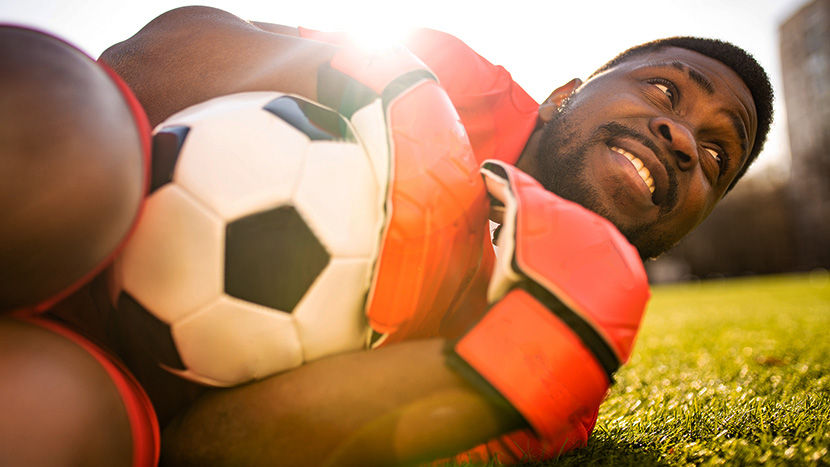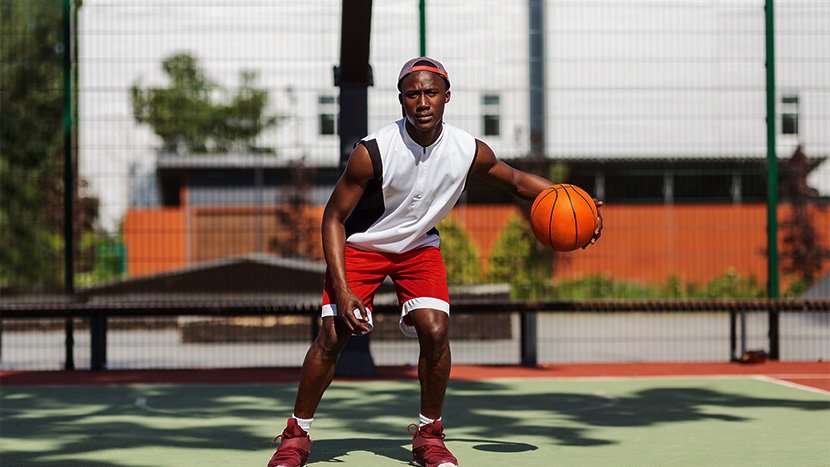How to Capture Emotion in Photographs During Games and Sports
Games and sports are some of the most captivating events where people express raw emotions. People jump for joy, cheer others on, express shock at some moves, and come out of their cocoons. Bingo is a great example of a game where players freely express their feelings. The reviews on the best bingo sites often feature photos of smiling and disbelieving players. And just by looking at the pictures, you can tell the photographer captured their true feelings. How can you do the same thing? Let’s give you some tips:
Capturing Emotions in Games and Sports
We live in a world where people rarely express their true emotions. Sometimes, they hide their feelings to fit in, avoid hurting their reputations, or others. There are many reasons to align to the emotional boundaries set in society. But games and sports are a moment that allow people to express themselves freely. As a professional photographer, how can you capture this rare opportunity?
Do Not Direct People
Often, photographers decide how people should act during a shoot. But such shoots often pave the way for fake smiles and uncomfortable postures. The best way to capture a moment in sports and games is to follow the flow. Refrain from being too evident. Instead, remove yourself from the situation and observe from afar. When you see a moment that calls for a picture, you can snap it. The idea is to be in the background so people are not self-conscious. Otherwise, they will repress their feelings or give you a false smile to appease you.
Anticipate the Big Moments
What emotions are you hoping to capture? Is it shock? Are you hoping for happiness? Many opportunities in sports and games elicit such emotions. You just need to know what will affect fans or players. Take the example of a football game where a team has a corner kick. Such moments are often very tense and would be ideal for a photo. You can capture the pacing coach, the anxious fan biting their fingernails, the eager yet nervous player about to kick the ball, etc. And once the player hits the ball and the team scores or misses, you can capture the ensuing moments. A win would be a perfect shot for the scoring team, which would likely celebrate the moment by hugging the scorer. A loss would allow you to capture the disappointment in the players, coach, and fans. You can even get smug shots of the opposing team.
Focus on the Eyes
Eyes are truly the windows to the soul. And if you can get the reactions seen through the subject’s eyes, you will hit the bullseye. For example, many people smile without actually smiling. Their mouths are open, their teeth are out, and you can see the all-too-familiar curve that indicates a smile. But once you snap a photo of their face with a focus on their eyes, you can tell that the smile was a distraction. Their eyes tell a different story – shock, pain, anger, etc. So, go for the eyes to depict the true feelings in a game or sport.
Body Language Matters
Besides the eyes, people’s bodies can tell much about their feelings. A person may have a wide smile, but while the people around them are jumping up and down, they have sat down and slumped. Does that indicate a happy person? Using such a photo would not convey happiness. So, consider body language too.
What other tips can you use?
- Take many photos, as this increases your chances of capturing the perfect moments,
- Invest in a good camera as it will adjust to the lighting needs, and
- Use the element of surprise.
- Think of the story you want to share, as it affects how much the emotions play out in the photos.
Conclusion
Whether you are sports photographer or someone hired to capture emotion for a business’s website, knowing how and when to capture pure emotion will be a great tool. With these tips, paired with time and practice, you will soon be able to capture raw emotions in your photographs and come up with some excellent moments frozen in time.


































































































